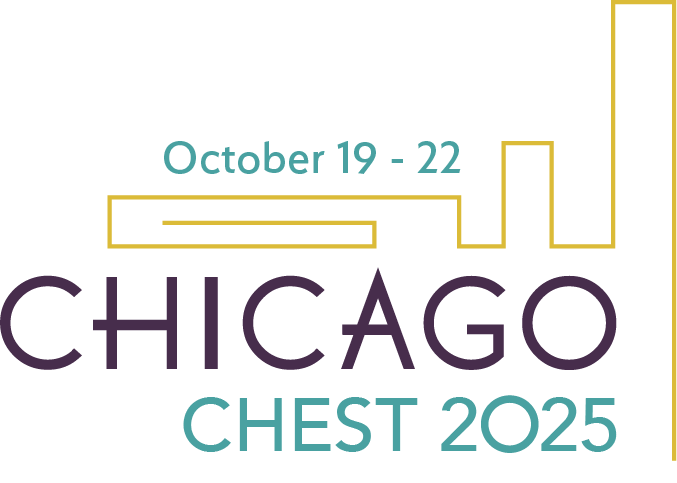Journal CHEST®

A Prospective, Multicenter Evaluation of Safety and Diagnostic Outcomes With Robotic-Assisted Bronchoscopy: Results of the Transbronchial Biopsy Assisted by Robot Guidance in the Evaluation of Tumors of the Lung (TARGET) Trial
By Septimiu Murgu, MD, and colleagues
The TARGET trial, the largest prospective, multicenter study of robotic-assisted bronchoscopy (RAB) to date, provides crucial real-world insights. The key takeaway is that RAB is a safe procedure for sampling peripheral pulmonary lesions, with a low complication rate (3.8%), even for nodules in the outer third of the lung.
While the 61.6% diagnostic yield may seem modest, this reflects new, more rigorous reporting standards using the American Thoracic Society/CHEST “strict” definition. For comparison, the diagnostic yield would be 84.6% using older, “liberal” criteria, highlighting the critical need for clinicians to understand the definitions used when evaluating new technology.
Surprisingly, the yield was lower than in the electromagnetic navigation bronchoscopy-based VERITAS study. This is likely due to limited intraoperative imaging (16% cone-bean CT use in TARGET vs universal in VERITAS) and the inclusion of variable operator experience in this real-world trial. Clinicians should expect lower reported yields from studies using these strict criteria but can confidently reassure patients about RAB’s excellent safety profile.
Commentary by Russell Miller, MD, Member of the CHEST Physician Editorial Board
CHEST® Critical Care

Mapping the Epidemiologic Features of Endotracheal Tube Obstruction: A Novel Approach Using a Vision-Based Tool
By Vimal Bhardwaj, MD, FNB(Critical Care), EDIC, and colleagues
This study suggests that moderate to severe endotracheal tube blockages (ETBs) may be more common in clinical practice than previously recognized. Clinicians should maintain a high index of suspicion for ETB in patients who are coagulopathic, who are receiving closed or inline suctioning, or who are requiring prolonged ventilatory support. Clinical manifestations of ETB may include ventilator dyssynchronies, high peak airway pressures, difficulty weaning from the ventilator, and hypoxia events. Study findings underscore the importance of early recognition of ETB and consideration of proactive endotracheal tube assessments to optimize care for mechanically ventilated patients.
Commentary by Kathryn Pendleton, MD, FCCP, Member of the CHEST Physician Editorial Board
CHEST® Pulmonary

Receipt of Weight Management Services Among Patients With OSA and Obesity
By Aristotle G. Leonhard, MD, and colleagues
Obesity is the major modifiable risk factor in patients in patients with OSA. Weight management should therefore be a key aspect of our conversations when both OSA and excess body weight are present. However, the article by Leonhard and colleagues confirms what many of us have long suspected: We can do better. In a large, nationwide sample of veterans with elevated BMI ( ≥ 30 kg/m2), only 10% received weight management care within the first year of their OSA diagnosis. Of these, only 10% of these were offered weight loss medications, while 90% were offered only lifestyle-based interventions, a generally less effective approach. These results highlight the importance of including weight management counseling in all clinical encounters when excess weight is thought to be a likely contributor to a patient’s OSA.
Commentary by Lauren Tobias, MD, FCCP, Member of the CHEST Physician Editorial Board
